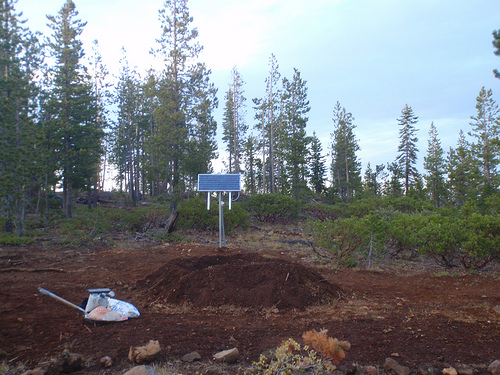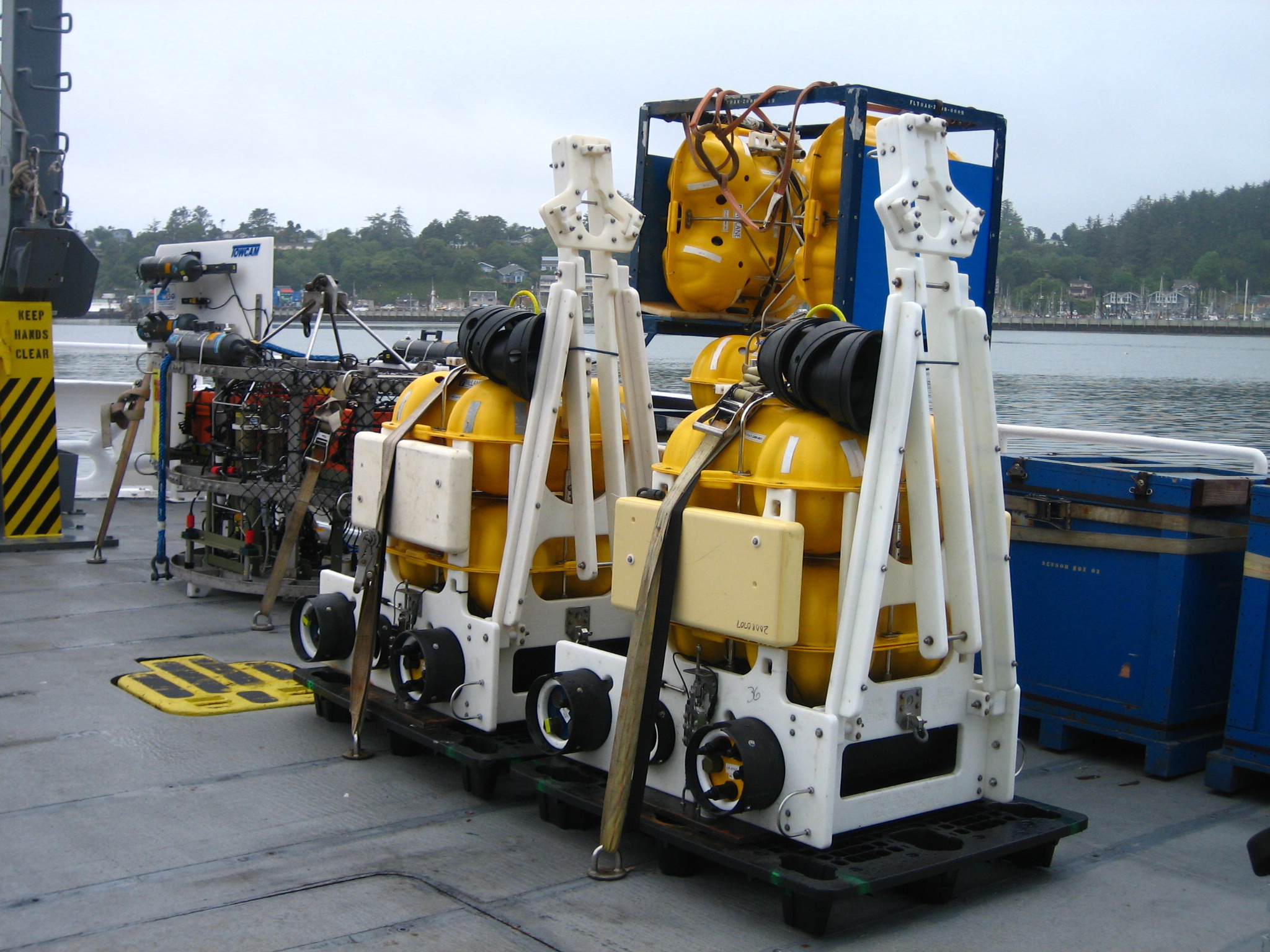J04D
Umpqua National Forest, Toketee, OR, USA
The USArray component of the NSF-funded EarthScope project ended its observational period in September 2021 and all remaining close-out tasks concluded in March 2022. Hundreds of seismic stations were transferred to other operators and continue to collect scientific observations. This USArray.org website is now in an archival state and will no longer be updated. To learn more about this project and the science it continues to enable, please view publications here: http://usarray.org/researchers/pubs and citations of the Transportable Array network DOI 10.7914/SN/TA.
To further advance geophysics support for the geophysics community, UNAVCO and IRIS are merging. The merged organization will be called EarthScope Consortium. As our science becomes more convergent, there is benefit to examining how we can support research and education as a single organization to conduct and advance cutting-edge geophysics. See our Joining Forces website for more information. The site earthscope.org will soon host the new EarthScope Consortium website.




Principal Investigators and Institutions:
Anne Trehu, Oregon State University
Funding Source:
NSF EarthScope
Field Dates:
1/2008 – 12/2010
Equipment Used:
11 Broadband Stations
Data Status:
Archive Complete
Data released
Network Code:
XA, XN
Description:

The COLZA experiment consists of six temporary land seismic stations from the FlexArray, part of EarthScope's USArray network of instuments, and two deployments of ocean bottom seismometers. Our data are collected and archived with the help of the Program for Array Seismic Studies of the Continental Lithosphere (PASSCAL) and archived by the Incorporated Research Institutions for Seismology (IRIS).
Publications/ Abstracts
Tréhu, A.M., J. Braunmiller, J. L. Nabelek, Probable low-angle thrust earthquakes on the Juan de Fuca–North America plate boundary, Geology, Volume 36, Issue 2 (February 2008) pp. 127–130